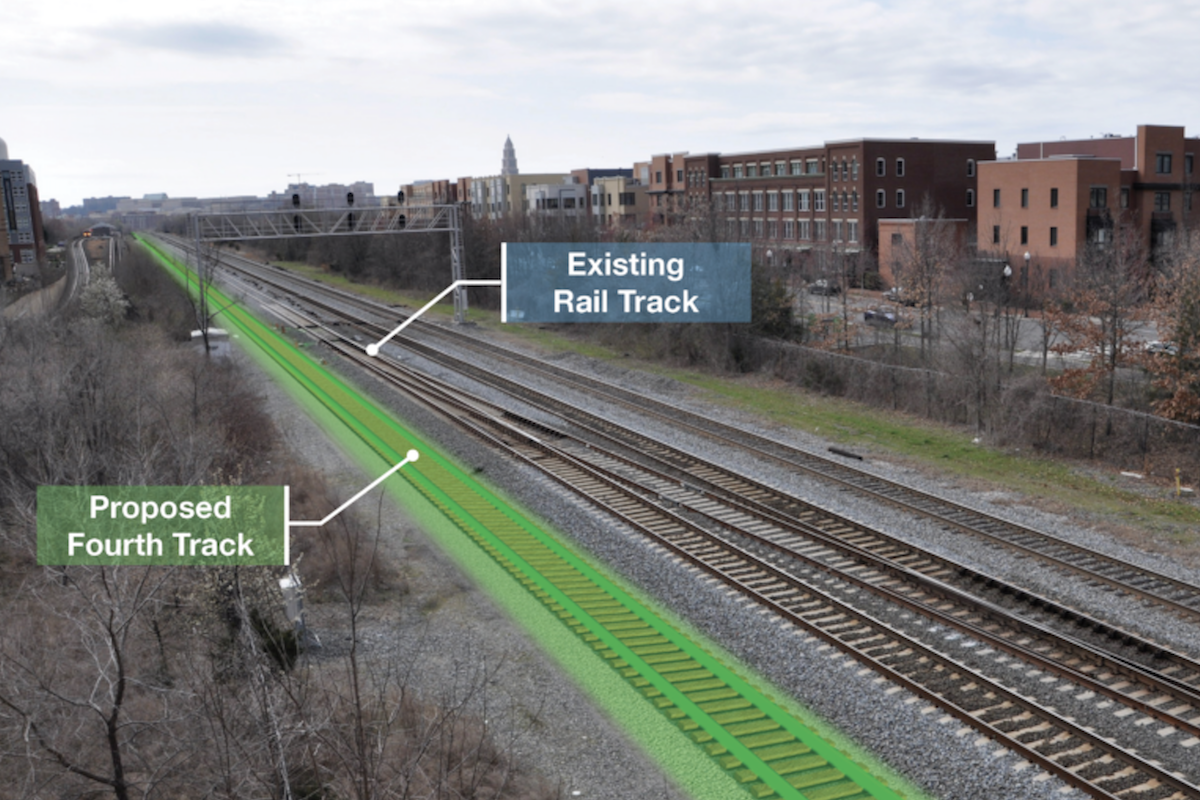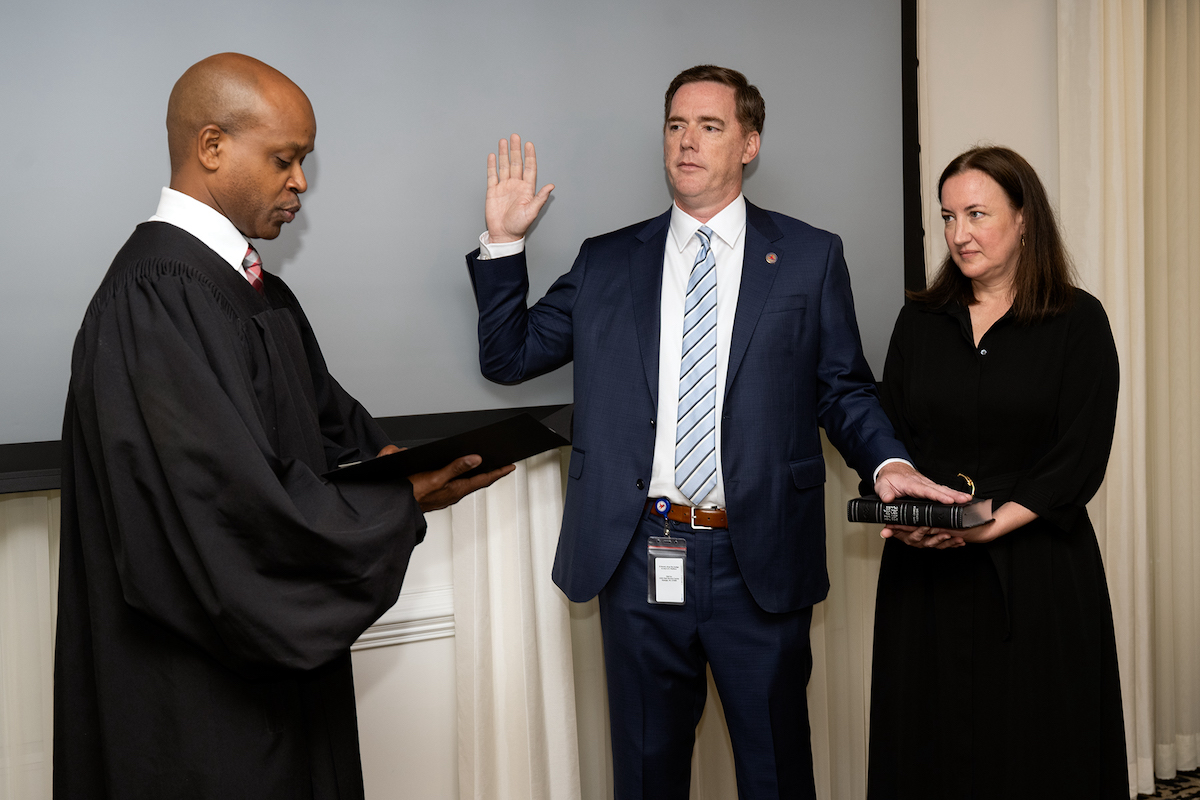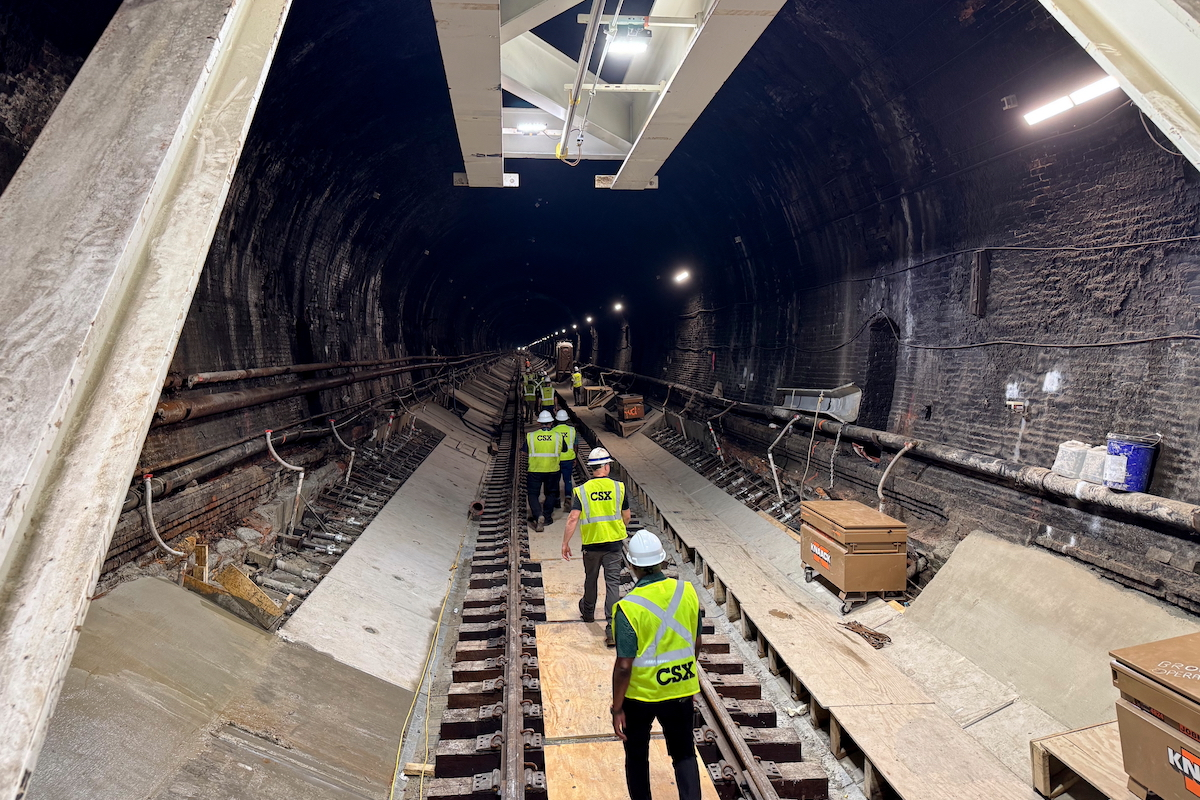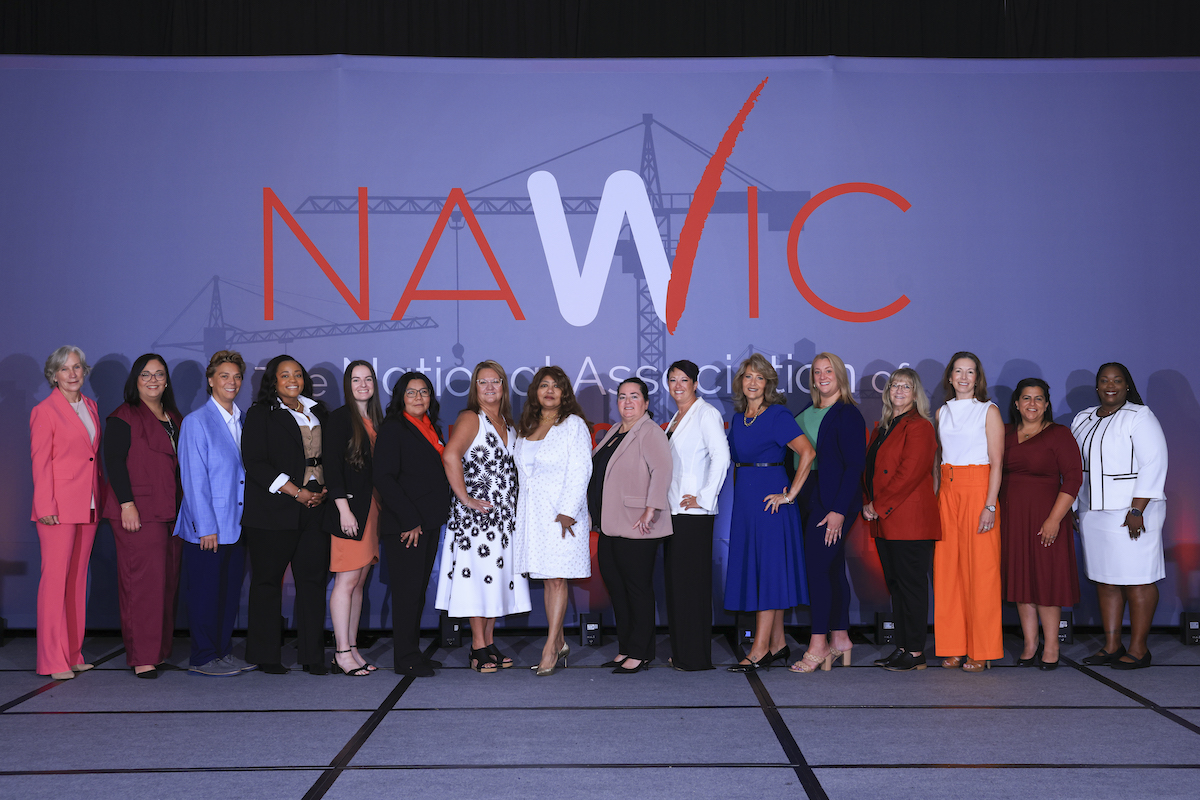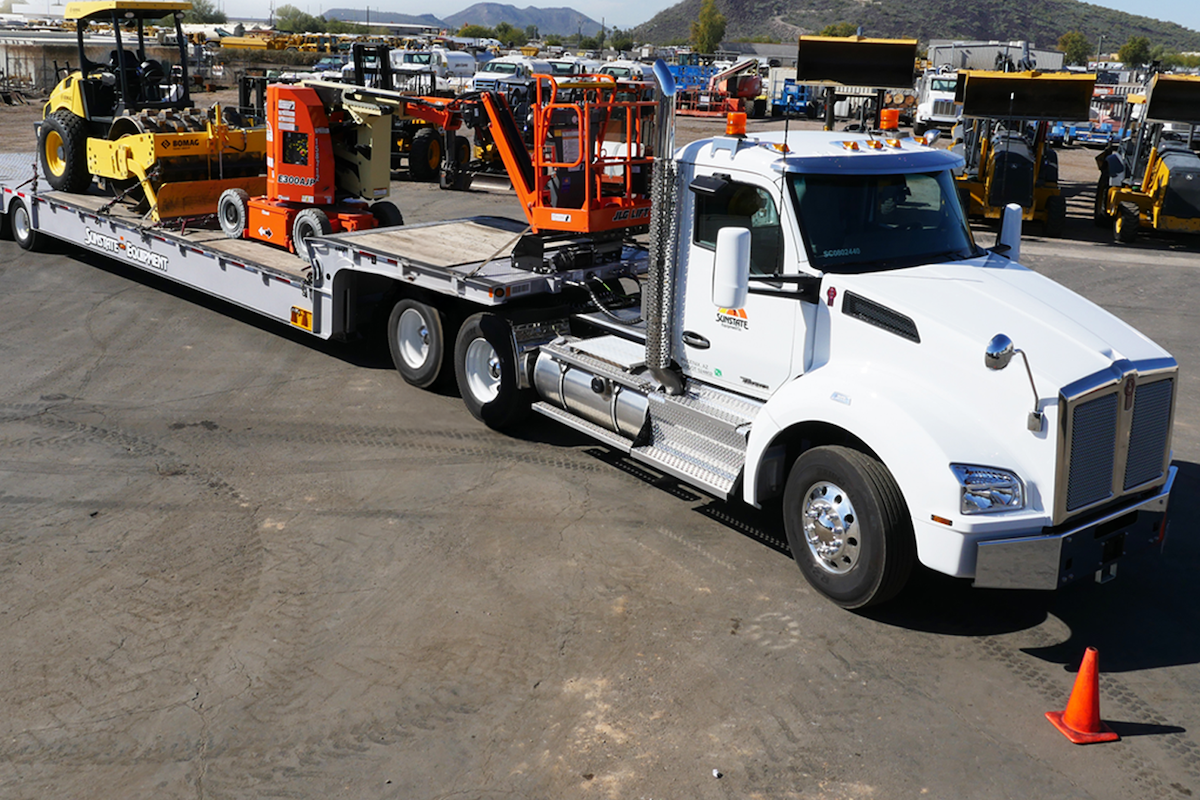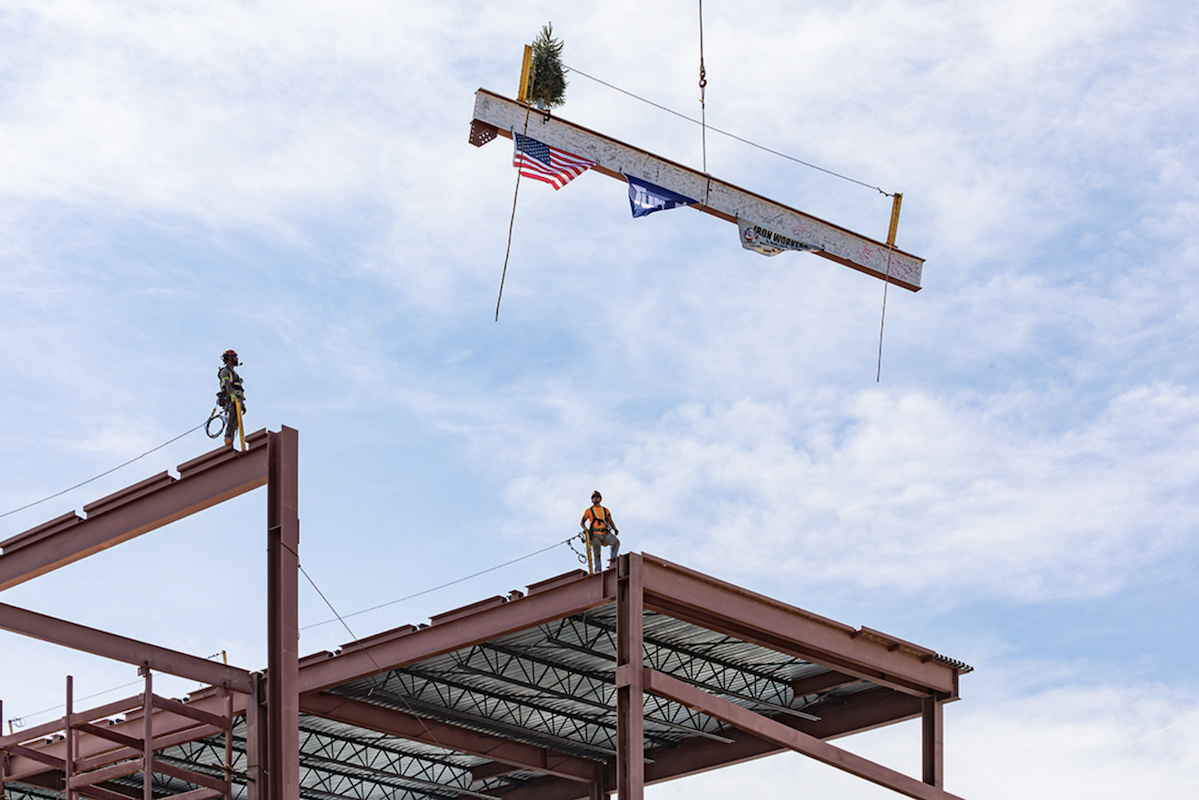The new Northaven Trail Bridge, expected to be fully open to the public later this fall, will connect multiple popular bicycle/pedestrian trails – including the Northaven Trail, Cottonwood Creek Trail, and White Rock Creek Trail – across the North Central Expressway (U.S. 75) corridor. This area, just north of Royal Lane, is along a busy eight-lane segment with average daily traffic of 235,789 vehicles as of 2022. The project's signature component is a network-tied arch span, which was built away from its final location and then moved approximately 1,200 feet into place in early September.
The Northaven Trail is a 7.8-mile-long paved commuter and recreational bike and hike trail built with funding from the City of Dallas, and maintained by the Dallas Parks and Recreation Department.
Texas Department of Transportation (TxDOT) spokesperson Tony Hartzel states, “The Northaven Trail Bridge will directly serve a growing contingent of bicyclists, pedestrians, and others who have longed for a new, safer connection. Prior to the new bridge, those looking to cross the North Central Expressway on bike or foot have had to veer north from the Northaven Trail to a trail that goes underneath the highway, which could be challenging.
“This project will provide a gateway and centerpiece for the North Dallas area while providing a focal point for pedestrians and cyclists. It will improve recreational opportunities in the area while also reducing barriers to transportation options.”

| Your local Komatsu America Corp dealer |
|---|
| Linder Industrial Machinery |
Construction on the $9.3 million TxDOT project – with funding coming primarily from Dallas County, the city of Dallas, and the Regional Transportation Council at the North Central Texas Council of Governments – began in June 2021, part of a major effort by these partners to build on pedestrian trail infrastructure in north Texas. TxDOT Dallas County Area Engineer and Project Manager Nathan Petter reports, “The trail components included drainage facilities, retaining walls, bridge approaches, and bridge structures, and have been constructed sequentially since the project began. It also included construction of a bridge over White Rock Creek, located on the east side of the project, and nearly 2,500 linear feet of trail.”
Ragle Construction Inc. was the contractor for the project. The bridge was designed by HNTB, which served as the engineer-of-record and construction phase services provider. Arch pieces and cables were manufactured by companies in the Houston area.
The bridge was constructed in a nearby parking lot this past spring. The completed structure was moved from the assembly area through the parking lot to near the northbound U.S. 75 frontage road on Friday, September 8. The bridge was moved from that location into place over U.S. 75 from the evening of September 9 through the afternoon of September 10. Sam Piland, Director of Structures with Ragle Construction, reports, “We primarily used hydraulic cranes for the bridge construction. For the move we used self-propelled modular transporters and hydraulic gantry jacks.”
The 201-foot-long, 50-foot-tall span weighs more than 800,000 pounds, and can carry a weight of 445,000 pounds. It is a network-tied arch with a network of 64 steel cables tying the arch to the deck and with the crisscrossing hanger cables forming a network pattern. Petter relates, “This cable arrangement increases the stiffness of the structure by a factor of 10 and makes it very resilient to accidental overloads. Normally with tied arches the tie must be straight, but this structure has a doubly-curved deck – making it the only network-tied arch bridge in the world with a doubly-curved tie.”
In the weeks since the bridge installation, workers completed adjustments such as securing safety cables and paving the areas that connect to the trails; final work includes tying in the approaches to the bridge structure and completing the remaining sections of the trail connections.
Petter relates, “Depending on the move schedule, U.S. 75 traffic was either in a narrowed configuration or was completely detoured to the frontage roads. Coordination between the contractor, City of Dallas traffic signal department, local law enforcement, and traffic control companies was ironed out well ahead of the move date to ensure the safety of crews and the traveling public. We utilized our network of DMS boards in surrounding corridors to alert drivers to the upcoming closures and shared information on our TxDOT social media channels. We also partnered with the City of Dallas for revised timing of the signals at 75/Royal and 75/Forest to allow free flow during the full main-lane closures.”
Piland adds, “We had pre-activity meetings with the crews, outlining the order of the closures and who was responsible for which ones. Then, our lead supervisor made the call when it was time to switch from one traffic configuration to the next.”
As Hartzel points out, because the bridge was designed to be supported by cables from above, it did not require support columns in the middle of the highway. “While that made construction and installation more challenging, the contractor came up with a plan to piece together the bridge and then move it into place. The bridge deck, cable, and arch were pre-assembled as a single structure just to the east of the highway, while the other elements like bridge columns and approaches were built in place at the highway.
“When the structure was ready to move into place over the highway, specialized equipment lifted the bridge from the assembly site and moved it to the highway, where it was carefully hoisted up and fitted into place with the approaches. This procedure necessitated only a weekend closure and detour of the highway to adjacent frontage roads, as opposed to sustained highway lane closures over many months.”
Friends of the Northaven Trail is a volunteer organization for the support, maintenance, and beautification of the Northaven Trail. Jeff Kitner, the group's President (and COO of the North Dallas Chamber of Commerce), relates, “Over the years, we’ve worked on a variety of trail projects, including expanding from 2 miles of original trail to over 8 miles. Adding the Northaven Trail bridge is the next step in improved connectivity for everyone in Dallas as the trail will now connect with the White Rock Creek Trail, Cottonwood Creek Trail and, in the near future, the SoPAC Trail.
“We’re thrilled about the new bridge project. The City of Dallas has an excellent but disconnected trail system, and the bridge will help significantly in bringing neighborhoods and communities together. We’ve received so many positive comments about the bridge design and construction, and look forward to seeing it get a lot of use from both bicyclists and pedestrians.”
Dallas City Council District 11 Member Jaynie Schultz states, “The bridge is a terrific example of partnership across government, nonprofits, and public communities. Anything can happen when we work together. Murals planned for the future on the street level of the bridge will help the neighborhood celebrate this new asset.”
“This was a unique project in many ways,” Petter comments. “It took a lot of ingenuity from TxDOT, Ragle, and the designer, HNTB, to make this move effort a reality. I’m proud to have played a role in making this a reality. The project will stand as a regional example of the positive benefits of appropriate location and design aesthetics for future bicycle and pedestrian trails and amenities.”


















